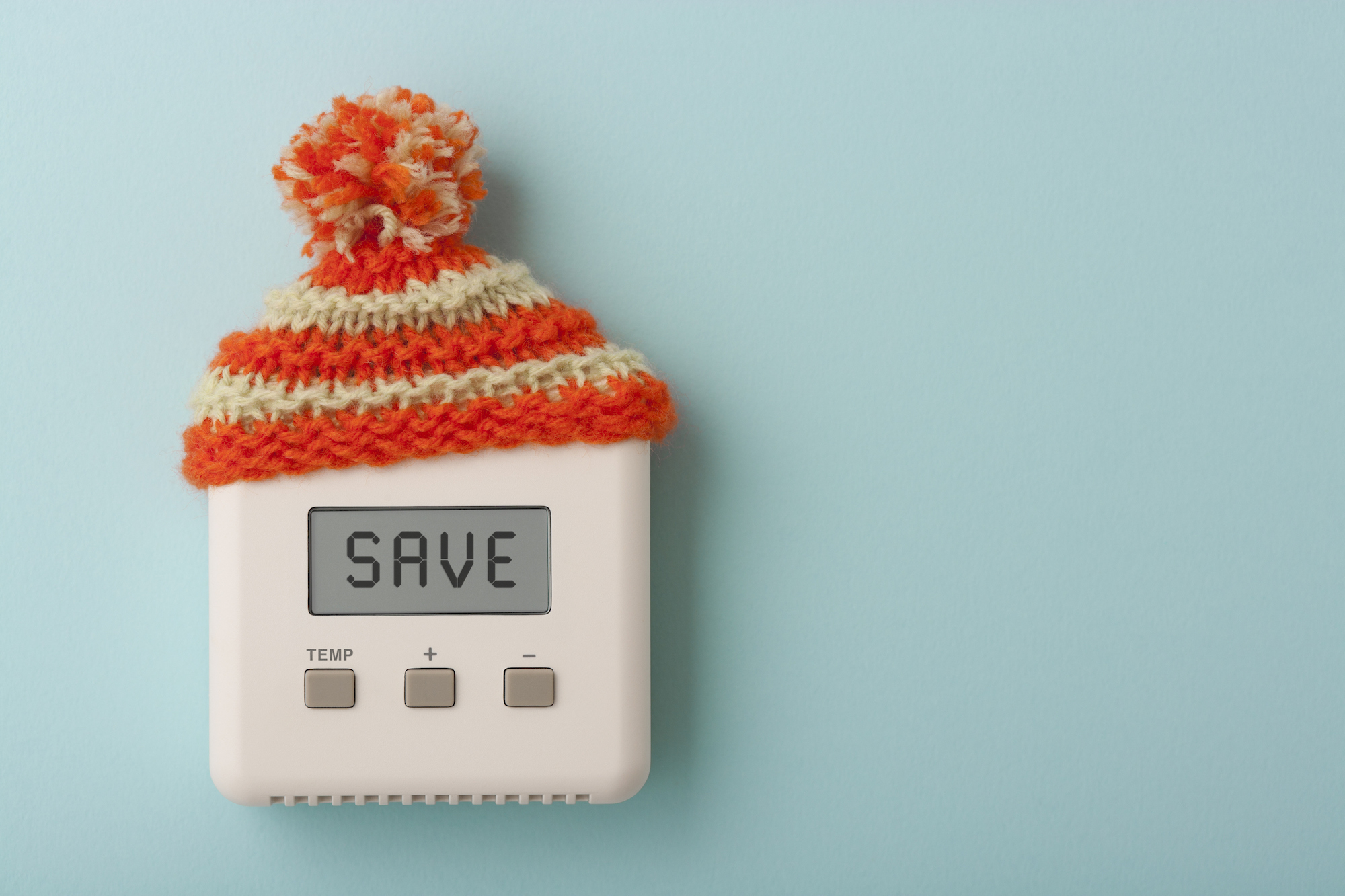Energy efficiency

Energy efficiency simply means getting the most out of the energy we pay for. You’ll want to heat your new home as cheaply as possible. This means making sure not to waste any energy.
Using your central heating efficiently
Setting up your heating system will help you use energy efficiently. A central heating system uses:
- A timer or programmer
- Thermostats
We’ll look at how to use each of these below, plus how to control your hot water.
Timers and programmers
Your timer or programmer lets you choose when your heating turns on and off. You can also tell it when you need hot water. There are lots of different timers and programmers. There might be a video on how to use yours on YouTube. You can also ask your Housing Officer for the instruction manual.
Timers can be mechanical or digital.
Mechanical timers are like clock faces. You move pins in and out on the dial to set your heating to go on or off at those times.
Digital timers have an electronic display. You press buttons to set the times on this display.
Use the timer you have to match your heating to your daily routine. For example:
- You might want your home to be warm first thing in the morning. If so, set the heating to come on about half an hour before you get up. This half hour gives the home time to warm up
- If you’re going to be out for most of the day, set the heating to go off half an hour before you leave
- If you want your home to be warm when you get back, set the heating to come on half an hour before you return
- You might want the heating off during the night. Set your heating to turn off about half an hour before you go to bed
Room thermostat
The timer controls when the heating comes on. The room thermostat controls how warm your home gets. During winter, a good indoor temperature is 18-21 degrees.
Set the temperature as low as you can, but not so low that you’re uncomfortable.
Every degree you can turn down by saves around 10% on your heating bill.
Thermostatic Radiator Valves (TRVs)
These are the controls on your radiators. They let you control the temperature of each room. Turning a TRV up makes the radiator hotter, whereas turning it down makes it colder.
TRVs let you save energy and money by only heating the rooms you are using. In rooms you’re not using, try putting the TRVs on a low setting.
For example:
If you’re in the living room for most of the day, try turning that room’s TRVs to the medium setting. If your TRVs have numbers 1-5, this would be a 3. The TRVs in the bedroom would be on a lower setting (1 or 2).
You can experiment with how low you can set your TRVs. The lower you can set them, without feeling cold, the more money you’ll save.
Flow temperature
The heat of the water that your boiler sends around your radiators is known as the flow temperature. With a lot of boilers, the flow temperature is set too high. Sightly lowering the flow temperature saves you money without losing warmth. This online guide from The Money Saving Boiler Challenge shows you how.
If you can’t go online, you can use your boiler’s manual instead. First, check that your boiler is a combi (combination) boiler. This means it provides both your heating and your hot water. The manual should tell you how to lower the flow temperature. You can lower it to 60 degrees to save around £112 a year.
Hot water
You may have a hot water tank in your home. When you use the shower or any hot taps, the hot water will come from this tank. The water in the tank will either be heated up by your boiler or electricity.
You don’t need to heat the water up all the time. The insulation round the hot water tank keeps the water hot for a long time. You can think of it like a kettle which you boil once, and the water inside stays hot for hours.
Hot water programmers
Like your central heating, your hot water can be timed for when you need it. There may be a video for using your hot water timer on YouTube. You can also ask your Housing Officer for the instruction manual.
Set your hot water timer to match your routine:
- If you need hot water for washing in the morning, time the water to heat up for an hour before you get up
- If you need water in the evening, time the water to heat up for a few hours around dinner time
How long your water stays hot for, and how much you need, can vary a lot. It’s worth experimenting with different timings. The less hours you heat your hot water without running out, the more money you’ll save.